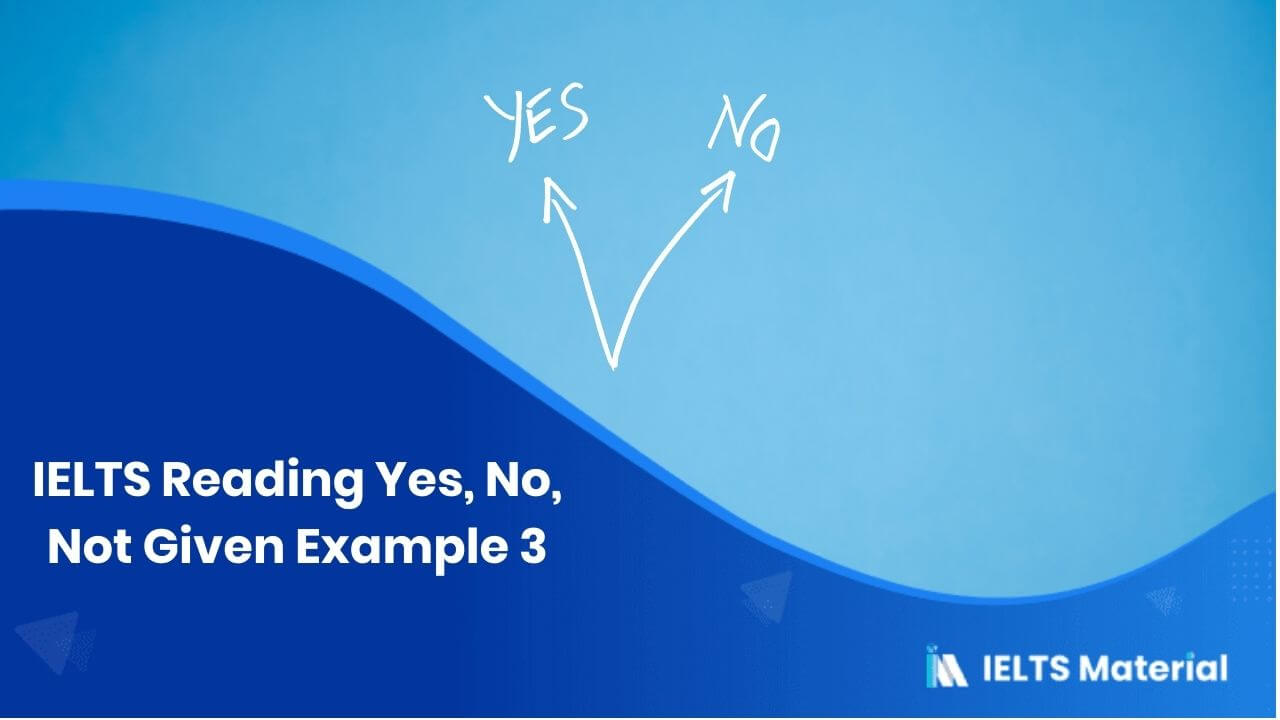IELTS Reading Yes, No, Not Given Example 4
Table of Contents
Limited-Time Offer : Access a FREE 10-Day IELTS Study Plan!
The IELTS Reading Yes No Not Given type of question is one of the 14 questions asked in the exam. This question requires candidates to read the passage accurately and determine if the author’s opinion in the provided statement agrees or disagrees with it or if it is not included in the passage.
Sample Reading Passage:
| Humans and monkeys are mammals, in the animal family known as primates. These are not the only animals whose numerical capacities rely on ratio. The same seems to apply to some amphibians. Psychologist Claudia Uller’s team tempted salamanders with two sets of fruit flies held in clear tubes. In a series of trials, the researchers noted which tube the salamanders scampered towards, reasoning that if they could recognize the number, they would head for the larger number. The salamanders successfully discriminated between tubes containing 8 and 16 flies respectively, but not between 3 and 4. 4 and 6, or 8 and 12. So it seems that for the salamanders to discriminate between two numbers, the larger must be at least twice as big as the smaller. However, they could differentiate between 2 and 3 flies and between 1 and 2 flies, suggesting they recognize small numbers differently from larger numbers. |
Questions:
| 1. Primates are the only animals whose numerical capacities rely on ratio.
2. Salamanders were tempted by two sets of fruit flies by Claudia Uller and the researchers. 3. It was very difficult for Claudia Uller’s team to recognize the scampered salamanders in the tube. 4. Salamanders could easily discriminate between the tubes containing 8 and 12 flies. 5. The researchers gave a final reason that the salamanders could discriminate between two numbers in which the larger number must be twice as big as the smaller number. |
Answers:
| 1. Primates are the only animals whose numerical capacities rely on ratio – No.
2. Salamanders were tempted by two sets of fruit flies by Claudia Uller and the researchers. – Yes 3. It was very difficult for Claudia Uller’s team to recognize the scampered salamanders in the tube – Not Given. 4. Salamanders could easily discriminate between the tubes containing 8 and 12 flies – No. 5. The researchers gave a final reason that the salamanders could discriminate between two numbers in which the larger number must be twice as big as the smaller number – Yes. |
Explanation of the answers:
Unlock Explanation
| For the first question, we know from the passage that the human and monkeys are mammals who are also known as primates in the animal family. These are not the only animals whose numerical capacities rely on ratio, but it also applies to some amphibians. So, the answer is No.
For the second question, it is mentioned in the passage that psychologist Claudia Uller’s team tempted salamanders with two sets of fruit flies in clear tubes. So, the answer is Yes. For the third question, it is not mentioned anywhere in the passage that Claudia and her team of researchers found it difficult to recognize the scampered salamanders in the tube. So, the answer is Not Given. For the fourth question, it is clearly given in the passage that the salamanders were successful in discriminating between the tubes which contained 8 and 16 files and not 8 & 12 flies. So, the answer is No. For the fifth question, we understand that the salamanders were able to discriminate between two numbers from the passage. The larger must be at least twice as big as the smaller. So, the answer is Yes. |
Also check :
Practice IELTS Reading based on question types
Start Preparing for IELTS: Get Your 10-Day Study Plan Today!
Explore other Yes/No/Not Given Questions
Recent Articles

Kasturika Samanta

Kasturika Samanta

Janice Thompson








Post your Comments